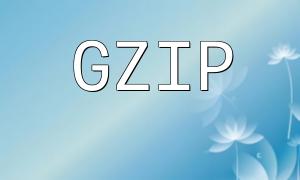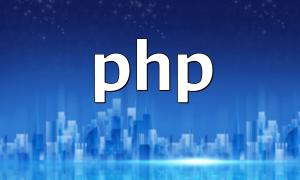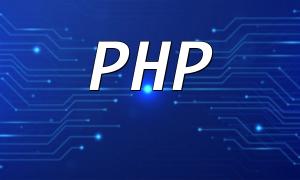In today's internet-driven world, choosing the right server configuration is crucial for improving website performance and user experience. For developers who want to run PHP websites on a Windows environment, IIS 6.0 is a common and stable choice. This article will provide a detailed guide on how to configure IIS 6.0 to support a PHP environment and help you optimize your website’s performance.
IIS 6.0 is a web server component in the Windows Server 2003 system. To run PHP successfully on IIS 6.0, you must ensure compatibility with the PHP version. It is recommended to use PHP 5.x, as it has better compatibility with IIS 6.0.
Before configuring the PHP environment, ensure that your system has IIS 6.0 and the required components installed. Below are the detailed steps for installation and configuration:
First, visit the official PHP website and download the PHP version suitable for Windows. Choose the thread-safe version, as IIS has good support for multi-threading.
Next, extract the downloaded PHP archive to a specified directory, for example, C:\PHP.
You will need to add the PHP installation path to the system's environment variables. Right-click "My Computer" > "Properties" > "Advanced" > "Environment Variables". In the "System variables" section, find "Path", and add the PHP path, like C:\PHP.
Open the IIS Manager, right-click the website, and choose "Properties". In the "Home Directory" tab, click the "Configuration" button, and add the .php extension and its corresponding executable file path in "Application Mappings", for example:
<span class="fun">C:\PHP\php-cgi.exe</span>
In the PHP installation directory, copy the php.ini-recommended file and rename it to php.ini. Modify the file as needed to enable URL rewriting and other necessary extensions such as MySQL.
Once the above steps are complete, you can verify the configuration by creating a simple PHP test file. Create a file named test.php in your website’s root directory with the following content:
<span class="fun">phpinfo();</span>
Then, access the file through your browser. If you can see the PHP configuration page, PHP has been successfully configured on IIS 6.0.
During the configuration process, you may encounter some common issues. Below are some common problems and their solutions:
If you encounter a 500 error, check the IIS log files to confirm if there is a PHP path or permission issue. Ensure the PHP execution permissions are correctly set.
Confirm that the PHP extension is correctly mapped to php-cgi.exe and restart the IIS service to apply the changes.
By following the steps outlined above, you can successfully configure the PHP environment on IIS 6.0. Proper configuration will not only improve website performance but also enhance its security. We hope this guide helps you complete your PHP environment setup and boosts your development efficiency.









